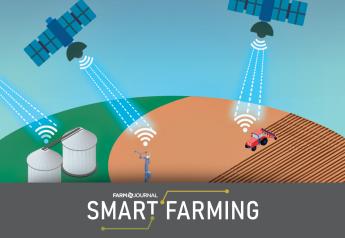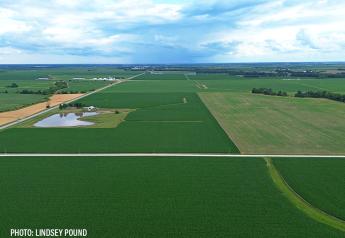China Could Bring Unexpected Fireworks to USDA’s Feb. Reports
USDA February Report Analysis 020821
Fresh off USDA’s final production numbers released in January, USDA’s February report typically doesn’t provide any shattering numbers to move the markets. Typically, the Ag Outlook Forum, which will be released next week, gives more market insight and information than USDA’s February report. However, the 2021 February report could be an anomaly.
“The expectations are normally for a yawner,” says Brian Grete, editor of Pro Farmer. “Normally, they don't do a whole lot, just some fine-tuning. I think the report this year will be much more active than what it has been in the past.”
Grete says the main driver of Tuesday’s USDA report will be China. He thinks USDA will need to adjust its import forecast for China, especially considering its current purchasing pace. To end January, China bought the most corn from the U.S. ever, including the second-largest purchase ever made in a single day.
“We anticipate that USDA is coming down on ending stocks for both corn and soybeans and could come down fairly significantly from where they were last month,” says Grete. “So, maybe some fireworks this time around instead of the normal yawn.”
Matt Bennett of AgMarket.Net says he thought USDA was too aggressive when the agency made large adjustments to corn demand in its January report.
“After taking 250 million bushels out for demand last month, a lot of us were sitting around kind of wondering why they were so aggressive there,” says Bennett. “I think the assumption USDA is making is that you're going to ration demand with higher prices. But if the last month has shown us anything, that hasn't necessarily been the case, especially whenever you're looking at exports.”
USDA's report is set to be released Tues., Feb. 9 at 11 a.m. CT.







